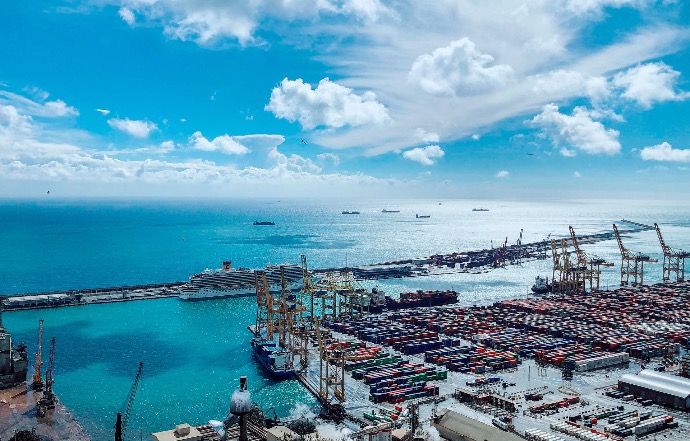
Types Of Shipping
Roll-On/Roll-Off (RoRo) shipping and container shipping are two distinct methods for transporting goods, each with its own advantages and suitable applications. Here are some key differences between RoRo and container shipping
Discover more below
RoRo Shipping:
- Cargo Type:
- Wheeled Vehicles: RoRo is specifically designed for the transportation of wheeled cargo, such as cars, trucks, buses, and heavy machinery. Vehicles are driven onto and off the RoRo vessel.
- Loading and Unloading:
- Efficiency: RoRo is known for its efficiency in loading and unloading. Vehicles can be driven directly onto the ship without the need for cranes or other lifting equipment.
- Vessel Design:
- Ramps: RoRo vessels are equipped with built-in ramps, facilitating the easy movement of vehicles on and off the ship. The design is optimized for the swift and simple loading process.
- Speed and Cost:
- Efficiency: RoRo shipping is often faster and more cost-effective for transporting large volumes of vehicles. It reduces the time spent at ports compared to other methods.
- Security:
- Concerns: While RoRo is generally secure, there can be concerns about theft or damage to vehicles during transit. Security measures are implemented to address these issues.
Container Shipping:
- Cargo Type:
- General Cargo: Container shipping is versatile and can accommodate a wide range of goods, including manufactured goods, raw materials, electronics, and more. It is not limited to wheeled cargo.
- Loading and Unloading:
- Standardized Containers: Goods are packed into standardized containers, making it easy to load, unload, and transfer containers between different modes of transportation without the need for unpacking.
- Vessel Design:
- Container Ships: These ships are designed with large, stackable bays to carry a significant number of standardized containers. Container ships have become increasingly larger, enabling economies of scale.
- Speed and Cost:
- Economies of Scale: Container shipping benefits from economies of scale, especially with the use of large container vessels. It is cost-effective for a broad range of goods and offers competitive shipping rates.
- Security:
- Secure and Sealed: Containers are sealed, providing a level of security for the goods inside. Additionally, the intermodal nature of container shipping helps reduce the risk of theft or damage during transfers.
Considerations:
- Cargo Type: The choice between RoRo and container shipping depends on the nature of the cargo. RoRo is ideal for wheeled vehicles, while container shipping is versatile for various goods.
- Efficiency: RoRo is often more efficient for wheeled cargo, while container shipping offers efficiency for a diverse range of goods and is well-suited for intermodal transportation.
- Cost: The cost-effectiveness depends on factors such as the type of cargo, shipping volume, and specific trade routes.
In summary, the choice between RoRo and container shipping depends on the specific needs of the cargo and the shipping requirements of the logistics chain. Both methods have their strengths and are widely used in global trade.